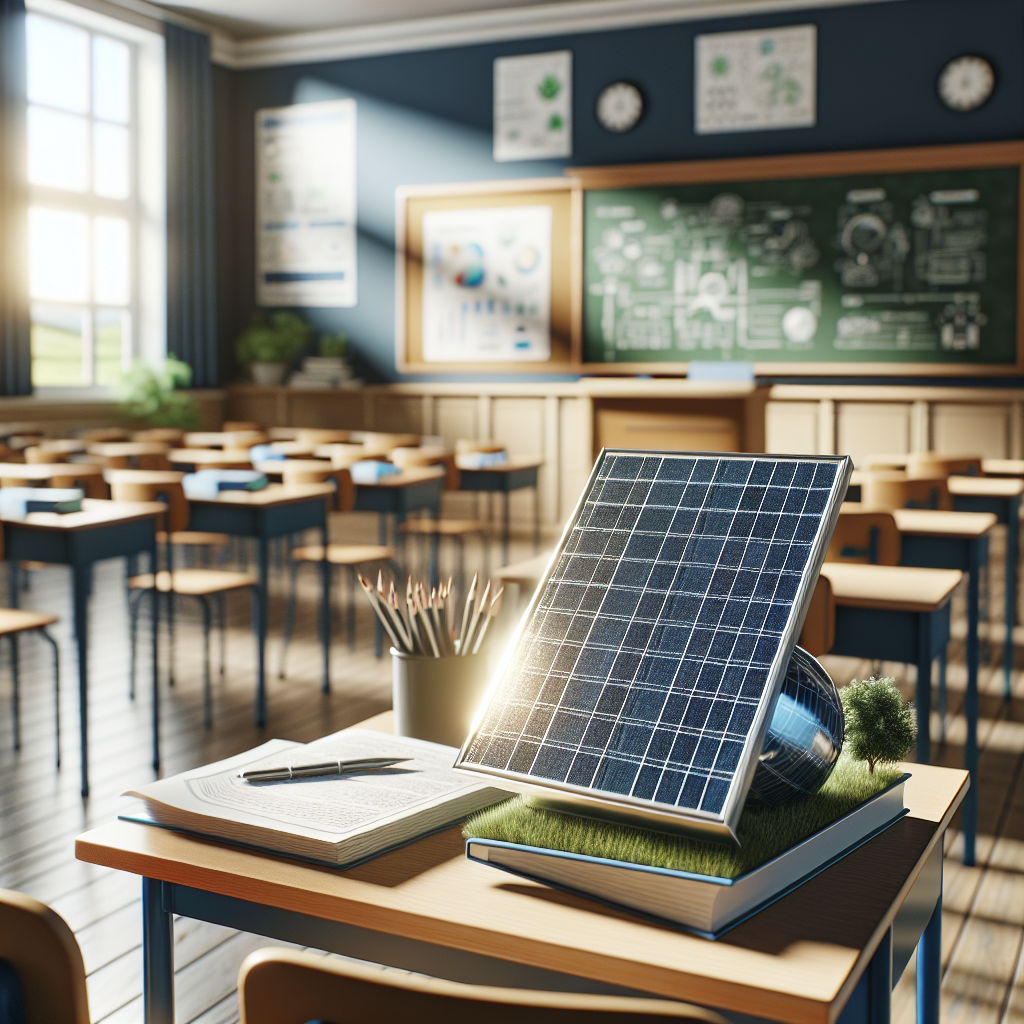Climate change is not only a pressing global concern but also an omnipresent classroom topic. However, the recent breakthrough in energy storage technology sparked a novel educational challenge: an urgent need for curriculum reformulation to incorporate these advancements.
The current education system emphasizes traditional sources of energy – fossil fuels, nuclear power, hydroelectricity. But with this cutting-edge revolution in energy storage solutions, there is now critical demand for immediate adaption to keep learners relevant in this quickly-growing field.
Reform proposals emphasize comprehensive inclusion of sustainable energy modules into science curricula at all grade levels. These modules would focus on innovative techniques used in harnessing renewable resources like wind and solar power, alongside detailing novel methods of their efficient storage.
The implementation process can be gradual yet steady—starting from elementary schools up to university level programs—with involvement of educators trained specifically about renewable energy technologies.
This systemic change promises broad impacts on students by equipping them with knowledge applicable beyond academic arenas. It fosters learner curiosity about sustainable choices while shaping them as responsible future citizens.\
Teachers are showing encouraging responses towards these modifications too; many see it as opportunity to foster scientific curiosity further while adapting teaching methodologies towards more interactive learning environments that mirror real-world scenarios.
‘The new curriculum helps me align my instruction methods with practical needs,’ shared Martin Hayes, high school physics teacher from Chicago.
However, some parents express concerns over such drastic changes pointing out potential challenges associated with availability of equipped teaching staff or required infrastructure support for these sophisticated learning processes. But, most agree that the benefits outweigh concerns, especially considering future implication of this knowledge.
There’s a noticeable success story from Seattle where Green Energy High implemented similar reforms last year resulting in notable student engagement and improved grades in science subjects. It proves that such an educational revolution is not only possible but also beneficial.\
Yet many challenges lie ahead: systemic change requires time, there might be resistance or apprehensions, resource distribution could lead to disparity among different schools or regions. But with concerted efforts from policymakers, educators and parents alike these can be tackled effectively.
The path forward looks promising as it leads towards an inclusive education system strongly aligned with emerging technologies. Thus creating a generation of learners ready to take on climate change while being equipped with latest knowledge about renewable energy storage systems—the future indeed looks brighter!
